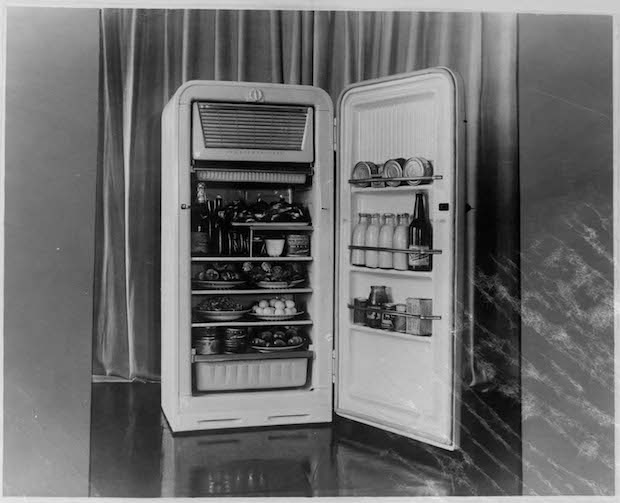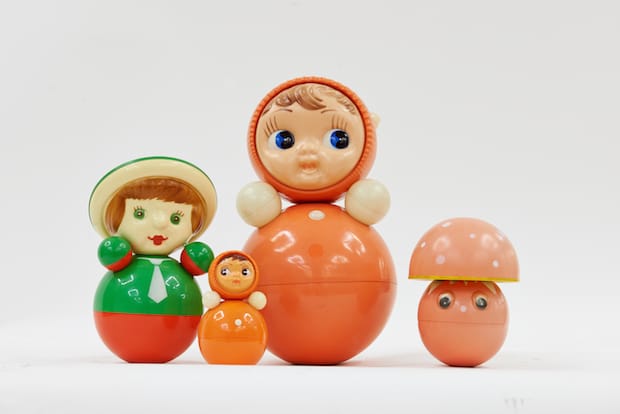New GRAD exhibition Work and Play Behind the Iron Curtain, showcases well-loved objects from the Eastern Bloc and examines the context behind the Soviet Union’s mid-century design boom.






During the 1950s and 1960s, the Soviet Union experienced a golden age in product design. Iconic objects such as the rocket-like Chaika vacuum cleaner, Raketa watch and the doe-eyed Nevalyaska roly-poly dolls were all created in this period, surrounded by a climate of increased demand for consumer goods spurred on by the combination of the building of millions of khrushchevkas (small, functional apartment blocks) and 1959’s American National Exhibition in Moscow. A new exhibition opening at London’s Gallery for Russian Arts and Design next month will bring together more than 50 important objects from this period with the aim of examining the Soviet Union’s relationship with consumerism and popular culture.
A large section of the exhibition will be dedicated to never-before-seen photographs and prototypes from the ZIL factory, a prestigious manufacturer that began its life making cars (including the limousines favoured by party officials) and military vehicles, before expanding into domestic appliances as demand grew. In addition to this very specific portrait of one industrial player, numerous electronic devices, toys, packaging and sporting equipment will be exhibited as part of the show, as well as less commonplace items, such as bootleg vinyl records of Western tracks made from illegally obtained medical X-rays. The result should provide valuable insight into this lesser known era of design history and its social context. Work and Play Behind the Iron Curtain
GRAD, 3-4a Little Portland Street London W1W
20 June – 24 August 2014
grad-london.com



